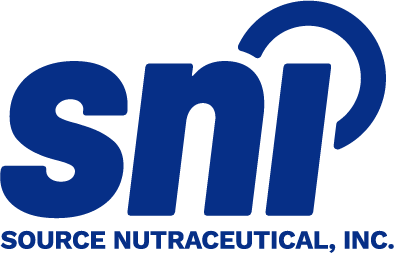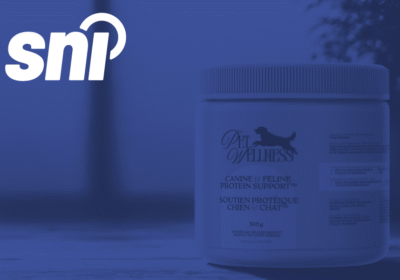If you’re looking to sell pet supplements in Canada, there are several critical factors to consider to ensure regulatory compliance. From notifying Health Canada about your product to ensuring accurate labelling and understanding importation regulations, entering the Canadian market requires careful planning and a comprehensive understanding of the local regulatory landscape. This guide provides a step-by-step overview of the licensing requirements for pet supplements in Canada, helping you navigate the process efficiently and avoid potential setbacks.
Navigating Canada’s Veterinary Health Product Regulations
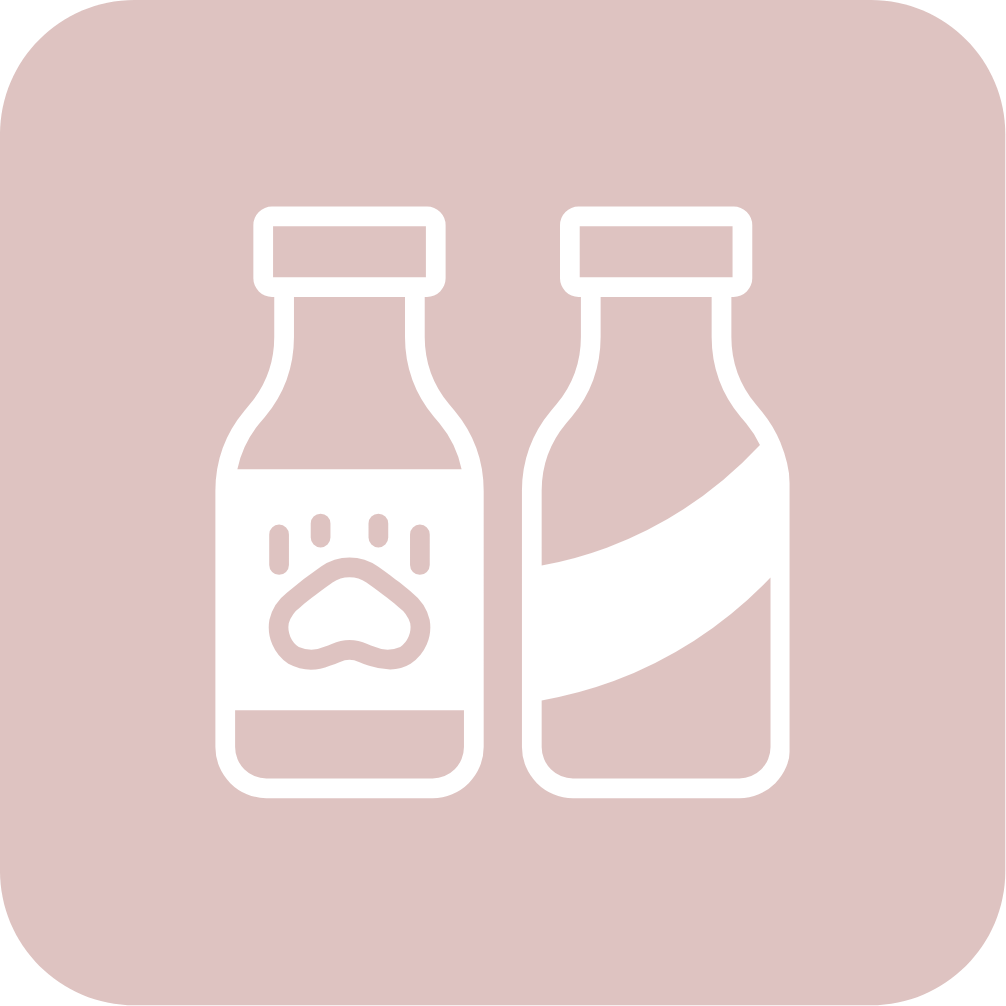
In Canada, most pet supplements are classified as Veterinary Health Products (VHPs), which are low-risk products intended to support or promote animal health without making claims to treat, prevent, or cure diseases. VHPs are regulated under the Food and Drugs Act and the related Veterinary Health Products requirements. While these products are subject to less stringent requirements than veterinary drugs, they must still meet rigorous safety and quality standards to ensure their suitability for animal consumption.

To legally sell a VHP, manufacturers and importers must obtain a Notification Number (NN) from Health Canada. This process involves submitting a Veterinary Health Product Notification, which includes detailed product information, such as ingredients, intended use, dosage, and supporting scientific evidence that demonstrates its safety and efficacy. Health Canada evaluates this information to ensure that the product complies with the established standards for quality, safety, and efficacy. Upon approval, a Notification Number (NN) is issued, which must be displayed on the product label, indicating that the product is authorized for sale in Canada.

The regulatory framework also mandates post-market surveillance to monitor the ongoing safety and effectiveness of VHPs. Health Canada continues to oversee the compliance of VHPs with regulatory standards after they are sold, and manufacturers are obligated to report any adverse events associated with the product.
Which products are Veterinary Health Products?
VHPs (animal supplements) are those products that are designed to support the health and well-being of pets and other animals. These include a range of products such as joint health supplements (e.g., glucosamine and chondroitin), omega fatty acids for skin and coat health, probiotics and prebiotics for digestive health, and various vitamins and minerals. They are intended to enhance or support specific physiological functions but cannot make claims to treat, prevent, or cure diseases.
Animal supplements may also include herbal and plant-based products, amino acids for heart and muscle health, and enzyme supplements for better digestion. While these supplements are widely available and beneficial for promoting general health, they must adhere to strict regulatory requirements to ensure safety and efficacy.
If the product makes any therapeutic claims, it may require additional approval or be subject to stricter Veterinary Drug Regulations. However, for most pet supplements that do not make therapeutic claims, a Veterinary Health Product Notification must be submitted to Health Canada prior to market entry.
Ingredients Acceptable for Use in Veterinary Health Products (Pet Supplements)

In Canada, only certain ingredients are permitted for use in Veterinary Health Products (VHPs), and these ingredients must appear on the List of Permitted Substances maintained by Health Canada. Each ingredient on the list must meet the specific requirements and specifications outlined for its use, including the dosage, form, and target species.

If an ingredient of interest does not appear on the List of Permitted Substances, brands can request its inclusion. However, before making this request, brands must ensure that the ingredient is not regulated under other frameworks. For example, certain ingredients may be classified as Veterinary Drug Ingredients due to their higher risk profile. In such cases, these ingredients will not be eligible for inclusion on the List of Permitted Substances for VHPs.

Brands that have determined the appropriate classification for an ingredient to be used in a VHP can request its addition to the List of Permitted Substances. However, Health Canada requires sufficient safety evidence to support the use of unlisted ingredients. If the ingredient does not have a well-established history of use, the requesting party may be required to provide detailed documentation, such as species-specific animal studies, to demonstrate the safety of the ingredient at the proposed dose, route of administration, and method of preparation. The method of preparation is crucial, as it can influence the bioavailability, stability, and overall safety of the ingredient in the final product.

Additionally, manufacturers must ensure that all specifications, including the target species, are met. If a particular species is not listed for a specific ingredient, the VHP application will be rejected unless the List of Permitted Substances is amended to include that species.
Labelling Considerations for VHPs (Pet Supplements)
The labelling requirements for VHPs are outlined in the Food and Drugs Act and Regulations and are also integrated into the VHP Notification Program. Labels must be consistent with the information provided in the authorized Notification Form, and any changes to the label text require submitting an amendment to the Notification.
Key label information includes the Notification Number (NN), which must be displayed on both the inner and outer labels, and should match the details submitted in the Notification. All labels must be in both English and French to meet the bilingual requirements. If additional languages are used, they should not obscure the readability of the required official languages.
The principal display panel on the label, visible under normal conditions of display, must include essential information, such as the product’s brand name (if applicable), dosage form, and the Notification Number (NN). Other important information, including the name and address of the manufacturer or importer, which must also be displayed prominently.
Warnings and cautions, if applicable, must be clearly stated to reduce the risk of misuse. These may include specific contraindications or other adverse reactions known for the product’s ingredients. The labelling must also specify adequate directions for use, including the intended species, recommended dosage, route of administration, and any relevant safety information.
For products with multiple importers, each importer may place a re-label or over-sticker their name on the label, but this must not obscure or alter the existing required information. Additionally, the label must include lot numbers and expiry dates for traceability and product safety. The net amount of the product, including the quantity of active ingredients per dosage unit, must be clearly indicated, as well as a list of excipient ingredients. It is also recommended that contact information for the manufacturer or distributor be included on the label to allow consumers to report any adverse reactions or ask questions about the product.
The label must also meet specific legibility and readability requirements, ensuring that all information is clearly visible and easily readable under the usual conditions of use. This includes ensuring that all information is readily discernible to the consumer and does not create an erroneous impression about the product’s safety, quality, or intended use. The label must be designed in accordance with the guidelines set out in Regulations A.01.016, which mandate that information be displayed in a clear and prominent manner. Non-compliance with these labelling requirements may lead to regulatory actions, including delays in market approval or product removal from the market.
Import Requirements for VHPs (Pet Supplements)

The VHP importation process involves several key steps, including completing customs documentation and adhering to the regulations set by both Health Canada and the Canadian Food Inspection Agency (CFIA).
Before importing a VHP, a Notification Number (NN) must be obtained from Health Canada (as described above). This requires the product to undergo Health Canada’s review and approval process to ensure compliance with Canadian regulations. Once the NN is issued and all regulatory and labelling requirements are met, the product can proceed with the importation process.
Role of the Canadian Representative
For foreign manufacturers, a Canadian representative is required to serve as the primary point of contact with Health Canada. This representative ensures that the VHP complies with Canadian regulations and facilitates communication between the manufacturer and Health Canada. They play a crucial role in maintaining regulatory compliance and assisting with the product registration process. Importers should work closely with the Canadian representative to ensure that all required documentation, including the Notification Number, is properly prepared for the importation process. The representative must be declared on the VHP application and will be contacted by Health Canada for information or queries related to the product. Although they do not directly handle customs clearance, the Canadian representative helps ensure the smooth importation of the VHP by confirming that the product meets all regulatory requirements before it arrives in Canada.
Import Documentation and Compliance

Importers are not required to hold a site licence to importer VHPs in to Canada, but they must ensure the product is accompanied by the necessary documentation to facilitate customs clearance. This includes proof of compliance with Good Manufacturing Practices (GMPs), which can be provided through certificates or quality assurance statements from the manufacturer. Additionally, animal-derived ingredients in VHPs, such as gelatin or fish oil, may require additional documentation, such as a zoosanitary export certificate from the country of origin to confirm that the product meets Canadian animal health standards set by CFIA.
Customs and Tariff Classification
Importers must also be aware of tariff classification when importing VHPs. VHPs typically fall under the pharmaceutical products section (HS code 30) of the Harmonized System (HS) for customs purposes. Importers should ensure that the correct classification is used to avoid delays and misclassification during the customs process. The Canada Border Services Agency (CBSA) may inspect the shipment to verify compliance with Health Canada’s requirements and can refer the product to Health Canada for further examination if there are discrepancies.
In summary, importing VHPs into Canada requires careful coordination between the manufacturer, Canadian representative, and importer. Key steps include submitting a VHP notification, obtaining a Notification Number, ensuring GMP compliance, and managing import documentation, especially for products containing animal-derived ingredients.
VHP Notification Review Steps and Performance Standards
The VHP notification process involves multiple stages of review, each serving as a crucial checkpoint to ensure that all necessary information is provided, thus preventing delays at later stages of the review. Health Canada follows a structured, systematic approach to thoroughly review and assess submitted notifications. Here’s a breakdown of the key steps involved:

Submission and Acknowledgement
Upon submission of a VHP Notification Form through Health Canada’s web application, the agency acknowledges receipt. At this stage, the notification is screened to verify that it is administratively complete. If all required information is present, the submission moves forward to the next stage. If any essential information is missing, Health Canada will notify the notifier and provide the opportunity to correct any deficiencies.

Administrative Screening
In this phase, Health Canada confirms that the VHP Notification Form meets all the administrative requirements. Should any information be missing or unclear, the notifier is given 10 calendar days to submit the necessary details. If the required information is still not provided within the timeframe, the submission will be rejected as “Rejection (Incomplete Form).” This ensures that only complete and accurate information moves forward in the review process, reducing the chances of delays later on.

Information Verification
Once the notification form is deemed administratively complete, Health Canada conducts a detailed review of the scientific and technical aspects of the VHP. This includes evaluating the proposed health claims, dosing information, and any supporting evidence provided. If the submission aligns with Canadian regulatory standards, Health Canada will issue a Notification Number (NN), indicating the product’s authorization for sale in Canada. However, if additional clarification or documentation is needed, the notifier is given 7 calendar days to provide the requested information. Failure to respond or provide sufficient clarification leads to a rejection under “Rejection (Deficient Response to Request).”

Issuance of Notification Number (NN)
Once all verification steps are successfully completed, Health Canada issues a Notification Number (NN), which must be displayed on the product label. This marks the VHP as authorized for sale and import into Canada. The NN serves as the official identifier that ensures the VHP has passed the necessary regulatory checks and is compliant with Canadian regulations.
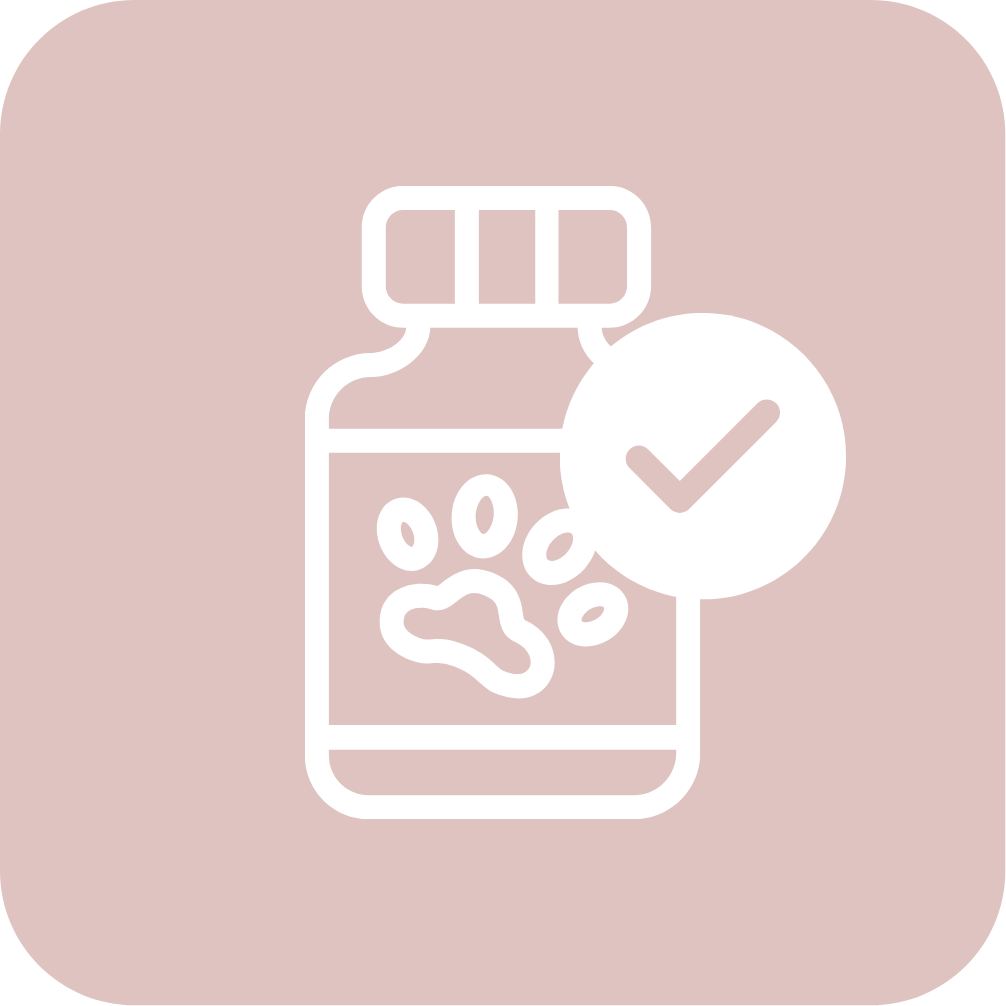
Post-Approval and Monitoring
After the VHP is approved and sold in Canada, it remains under Health Canada’s post-market surveillance program. Manufacturers must monitor the safety and efficacy of the product in the market and report any adverse reactions or concerns to Health Canada. This ongoing oversight ensures that VHPs continue to meet the required standards of safety and effectiveness once they are available to consumers.
Timelines and Performance Standards
The entire process is governed by a performance standard of 30 calendar days from the date Health Canada receives an administratively complete notification. However, delays may occur if additional information is requested or if deficiencies are identified during the initial stages of the review.
If the review requires additional rounds of clarification or further documentation, the timeline could extend beyond 30 days. The process is designed to be efficient, but the speed at which a notification is processed depends largely on the completeness of the submission and the complexity of the VHP in question.
Fees for Veterinary Health Product Notifications

As of April 1, 2025, the fee for submitting a Veterinary Health Product (VHP) notification to Health Canada is CAD $578.
For small businesses, Health Canada offers fee reductions. A small business is defined as any business, including all its affiliates, that has fewer than 100 employees or annual gross revenues between $30,000 and $5 million CAD. Qualifying small businesses are eligible for a 50% reduction on all pre-market evaluation fees, including the VHP notification fee. Additionally, the first-ever pre-market evaluation submission is free for eligible small businesses.
The notification fees are subject to annual adjustments based on the Consumer Price Index (CPI), which are announced each fall.
Final Remarks
Successfully navigating the regulatory process for pet supplements in Canada involves a clear understanding of the required steps, including proper classification, labelling, ingredient approval, and compliance with importation standards. Each stage, from notification to post-market monitoring, is designed to protect both animal health and consumer safety. By understanding the regulatory framework, you can streamline the approval process and enter the market with confidence. For businesses seeking personalized guidance, consulting with regulatory experts ensures a smooth journey through the licensing process, allowing you to meet your goals while building trust with both regulators and pet owners.
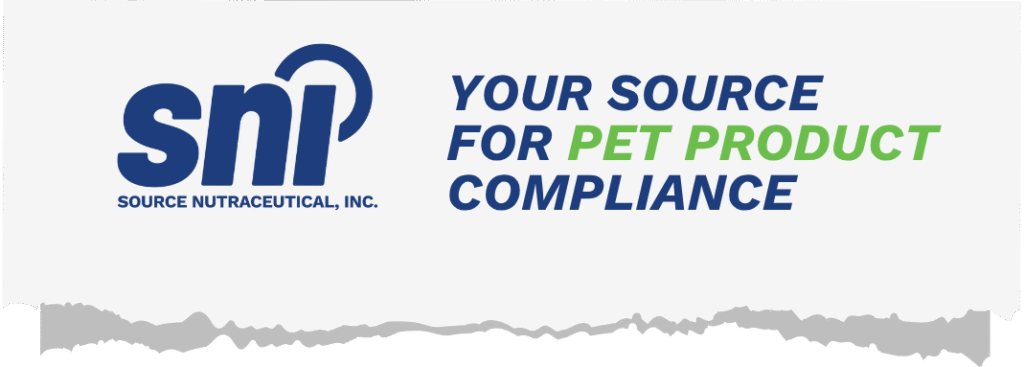
The difference between delay and success? Expert support! Veterinary Health Product compliance is critical, and SNI’s proven experience ensures your path to market is clear and efficient. SNI offers end-to-end services in Veterinary Health Product (VHP) compliance to help you enter the market faster and with confidence. From formula reviews and registration to product labelling, our team delivers high-quality support backed by over 50 years of combined industry experience. We are proud to share our expertise to streamline your market entry and ensure your product meets all regulatory requirements.
🐾 More about our services here.
💡 Compliance is easy with the right support!
📩 info@sourcenutra.com
⬇️ Send us a request for support or an introductory call
FAQ
What is a Veterinary Health Product (VHP)?
A VHP is a type of low-risk product used to help keep pets and other animals healthy. Examples include joint supplements, probiotics, or omega fatty acids that support things like skin and coat health. These products are intended to improve general well-being but cannot claim to treat, prevent, or cure diseases. They are regulated under Canadian laws to ensure safety and effectiveness, but they are not subject to the same requirements as veterinary drugs used to treat specific conditions.
How do I notify Health Canada about a VHP?
If you want to sell or import a VHP in Canada, you need to notify Health Canada first. This involves submitting a form through their online system, providing details about the product, such as its ingredients, intended use, and safety data. Health Canada will review everything, and if it meets the requirements, they will issue a Notification Number (NN). This NN is required to legally sell the product in Canada, and it must be displayed on the label.
What are the fees associated with VHP notifications?
The fee for submitting a VHP notification to Health Canada is 578 CAD (as of 2025). However, small businesses, defined as those with fewer than 100 employees or annual gross revenues between 30,000 and 5 million CAD, are eligible for a 50 percent fee reduction. Additionally, the first VHP notification submitted by a small business is free. Keep in mind that the fee is subject to changes based on inflation, which is announced annually.
What ingredients are allowed in VHPs?
Only ingredients listed on Health Canada’s List of Permitted Substances are allowed in VHPs. If you want to use an ingredient that is not on the list, you can ask Health Canada to add it. Before doing that, you need to make sure the ingredient is not already regulated as a veterinary drug, as those cannot be used in VHPs. If the ingredient is permitted, you will likely need to provide evidence of its safety and effectiveness, such as species-specific animal studies.
What are the labelling requirements for VHPs?
VHP labels must meet specific requirements. The Notification Number (NN) must be included on the label to show the product is approved by Health Canada. The label must be bilingual (English and French), and it should include the product’s brand name, dosage form (such as tablets or powder), directions for use, and any important warnings. If there are multiple importers, they can add their information to the label, but it cannot cover or change the required information. The label should be clear, easy to read, and accurate, ensuring it does not mislead consumers in any way.
✷ The content on this website, including information presented in this post, is provided for general informational purposes only and does not constitute legal, regulatory, or professional advice. While efforts are made to ensure accuracy, laws and regulations vary by jurisdiction and may change over time. Readers should not rely on this information as a substitute for advice from qualified legal or regulatory professionals. We disclaim any liability for actions taken based on this content, and users are encouraged to seek guidance specific to their circumstances.
